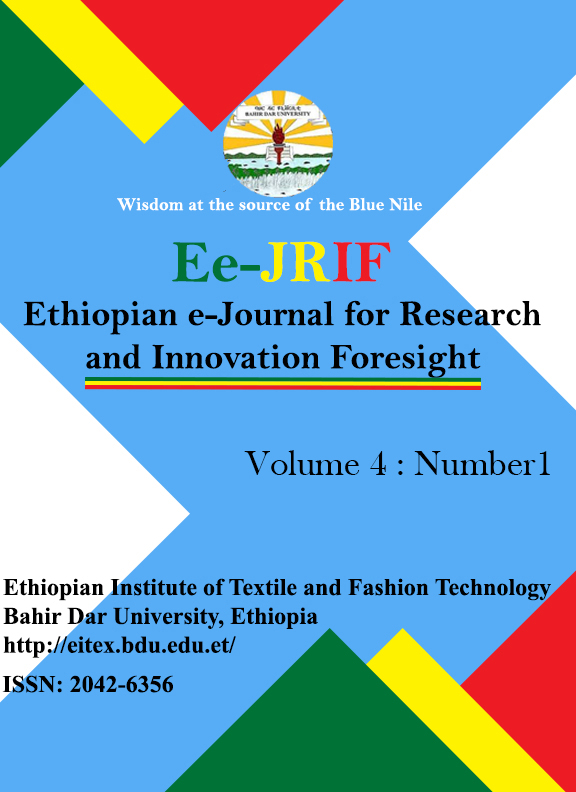HPTLC assay Of Thymoquinone In Black Seed And Black Seed Oil (Nigella Sativa Linn) And Identification Of Thymoquinone Conversion With Uv-Vis.
Abstract
A reliable and simplified quantitative high performance thin-layer chromatography
(HPTLC) method for the determination of the bioactive constituent of the commercially
available black seed and black seed oil by using a scanning densitometer is described. The
identification of bioactive thymoquinone spot obtained from 80% aq. MeOH extract of the seed
is confirmed by Nuclear Magnetic Spectroscopy (NMR). A solvent system consisting of hexane
and dichloromethane (1:1) was used and all spots were visualised and quantitated at 254 nm. The
thymoquinone content of freshly pressed black seed oil was 1.3%, while that of the seed was 1%.
Furthermore UV-Vis measurement was mainly used for quick relative comparison of
thymoquinone levels in black seed oils and to follow the transformation of thymoquinone when
the oil is exposed to sunlight. Considering the close values of thymoquinone levels in the seeds
(1.0%) versus in the pressed oil (1.3%) obtained in this study, it can be concluded that ingesting
in turn comparable amounts of the seeds and oil for therapeutic purposes may confer similar
benefits.
Copyright (c) 2012 Ethiopian e-Journal for Research and Innovation Foresight (Ee-JRIF)

This work is licensed under a Creative Commons Attribution-NonCommercial 4.0 International License.

